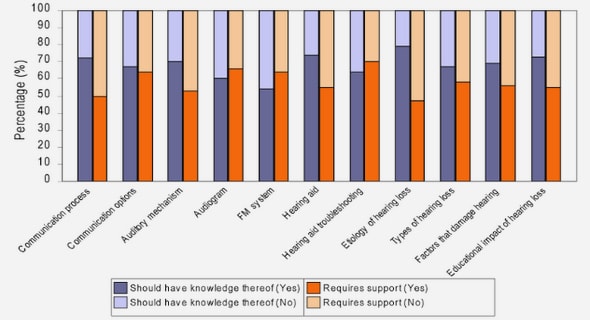(Downloads - 0)
For more info about our services contact : help@bestpfe.com
Table of contents
INTRODUCTION
CHAPTER 1. A state of the art on methods used for the evaluation of the performance of an energy efficient building
1.1. Introduction
1.2. Monitoring
1.3. Building performance simulation
1.4. Real performance exemples
1.5. Findings
CHAPTER 2. Dispersions in energy use related to occupant’s behavior: a numerical investigation in the design phase
2.1. Introduction
2.2. The case study: single-family detached home (PosA)
2.3. Deterministic schedule modeling
2.4. Results using deterministic scenarios
2.5. Stochastic approach modeling
2.6. Results using probabilistic scenarios
2.7. Findings
CHAPTER 3. Numerical and experimental study of the envelope’s proprieties of a building
3.1. Introduction: characterizing the envelope’s proprieties
3.2. Existing methods
3.3. Proposed experimental protocol and identification procedure
3.4. Application to I-BB experimental house
3.5. Application to PosA occupied house
3.6. Findings
CHAPTER 4. Continuous evaluation of the global energy performance: a practical application
4.1. Introduction
4.2. Performance evaluation approach
SUMMARY
4.3. Continuous monitoring specifications
4.4. Preliminary study: Monitoring ambient temperature in occupied houses
4.5. Global monitoring of the PosA house: practical implementation and first results
4.6. Findings
CONCLUSION
REFERENCES
RESUME EN FRANCAIS
ANNEXES
ANNEX A. PosA house: construction information
A.1. Building’s plans
A.2. Envelope’s composition
A.3. Electric system connections
ANNEX B. Envelope’s performance complements
B.1. Blower door principle
B.2. N and K coefficients for the Retrotec 3000 and 300 Fans used
B.3. Additional low insulated surface calculation
B.4. Differential pressure sensors validation table
B.1. Blower door results on the I-BB house
ANNEX C. Thermography analysis on PosA house
ANNEX D. Monitoring complements
D.1. Limiting the number of sensors : selected approach description
D.2. ‘As defined’ sensors distribution for the PosA house
D.3. Implemented sesnsors for the PosA building
D.4. Occupant survey
D.5. Additional results on desing versus real for energy use and indoor conditions



